January 17, 2013
Changes to Construction and Design Regs delayed

Proposed changes to the Construction and Design Management Regulations (CDM) 2007 have been delayed. The draft changes will now only be presented to the Health and Safety Executive (HSE) Board for consideration in March 2013 at the very earliest. The CDM regulations, apply to all construction work in the UK, comprising construction, alteration, fitting-out, commissioning, renovation, repair, upkeep, redecoration or other maintenance, decommissioning, demolition or dismantling, underwent a review last year, with industry practice found to have a significant influence on how the regulations are implemented. More →




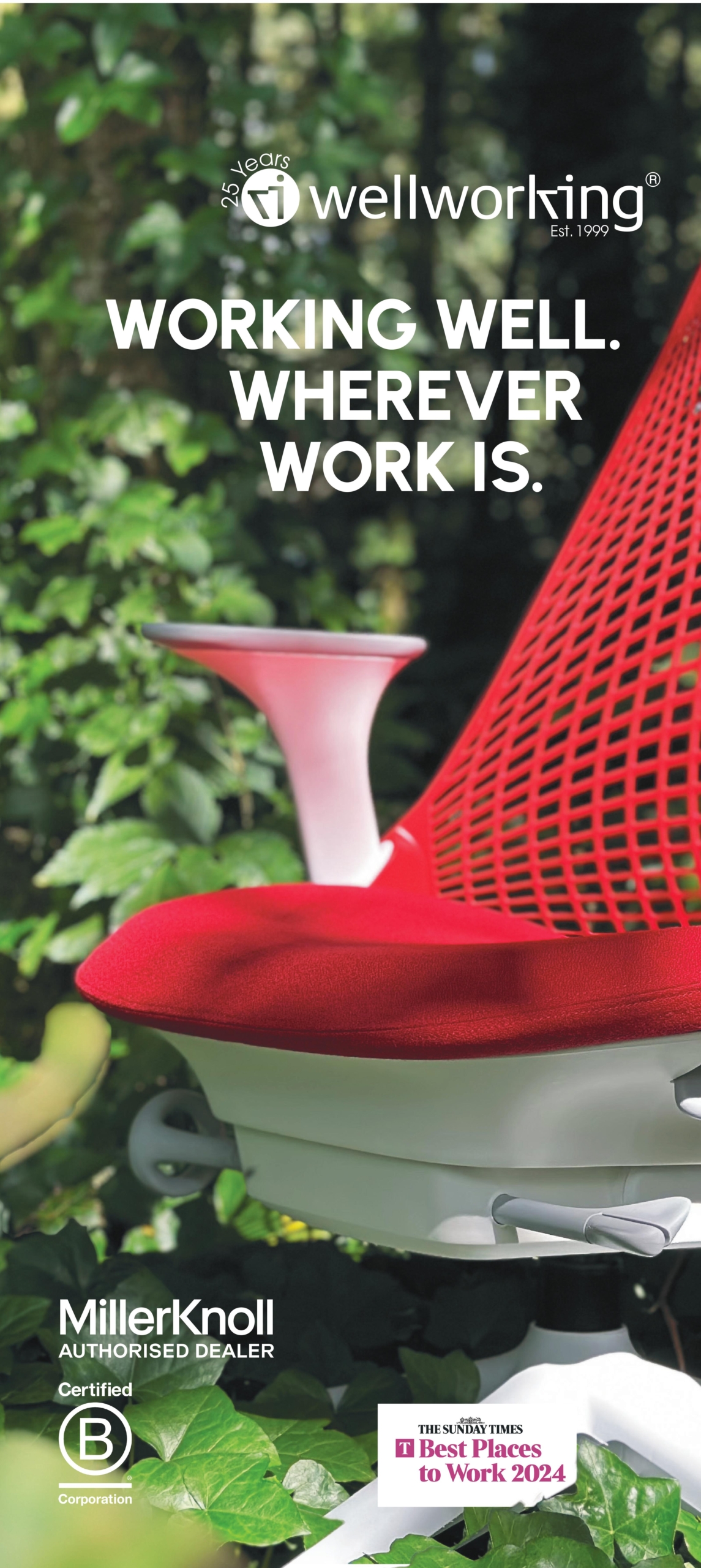

 A new report from Deloitte has highlighted what it believes are the key trends in the market for telecommunications, media and technology as part of its annual TMT Predictions research project. Amongst other things it predicts a slowdown in the uptake of Bring Your Own device polices, the enduring appeal of the laptop, a change in the way we protect our data and devices, and the annual market for smartphones hitting one billion units for the first time as 4G takes off in the UK.
A new report from Deloitte has highlighted what it believes are the key trends in the market for telecommunications, media and technology as part of its annual TMT Predictions research project. Amongst other things it predicts a slowdown in the uptake of Bring Your Own device polices, the enduring appeal of the laptop, a change in the way we protect our data and devices, and the annual market for smartphones hitting one billion units for the first time as 4G takes off in the UK.



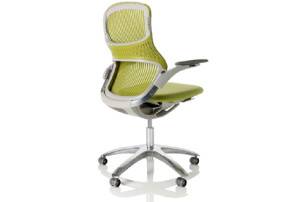
 John Sacks of JSA previews the world’s largest office furniture exhibition which takes place in Guangzhou, China during March. Ignore the shocking website for CIFF, this is an exhibition whose story can be told in numbers, like much that is true of modern China. Over 900 companies will exhibit in a venue with over 210,000 sq. m. of floor space and more than 60,000 people are expected to visit.
John Sacks of JSA previews the world’s largest office furniture exhibition which takes place in Guangzhou, China during March. Ignore the shocking website for CIFF, this is an exhibition whose story can be told in numbers, like much that is true of modern China. Over 900 companies will exhibit in a venue with over 210,000 sq. m. of floor space and more than 60,000 people are expected to visit.
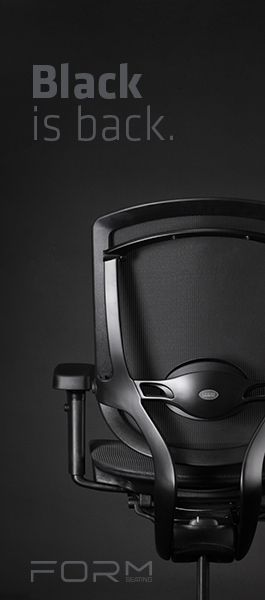



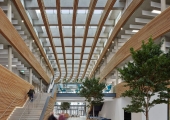
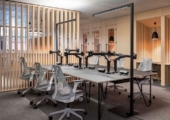


January 14, 2013
Cloud computing set to transform business models
by Mark Eltringham • Comment, Technology, Workplace
[embedplusvideo height=”196″ width=”300″ standard=”https://www.youtube.com/v/Y7hHXRIRflg?fs=1″ vars=”ytid=Y7hHXRIRflg&width=300&height=196&start=&stop=&rs=w&hd=0&autoplay=0&react=1&chapters=&notes=” id=”ep6634″ /]
As an issue explored in our own briefing on the technologies that will do most to transform the workplace during 2013, we know the Cloud is set to be adopted (and understood) by more and more organisations and individuals in the coming year. Doubtless it will follow the usual process of technological adoption as people begin to understand its unintended consequences as well as its uses but it pays to know what some of its implications will be for office designers and managers as shown by this programme from Deloitte.